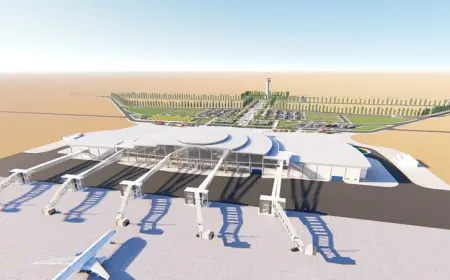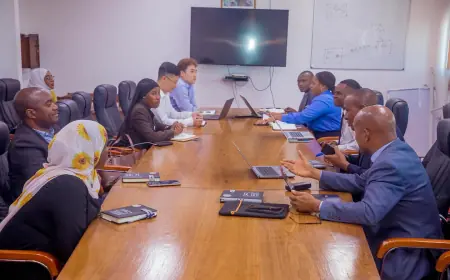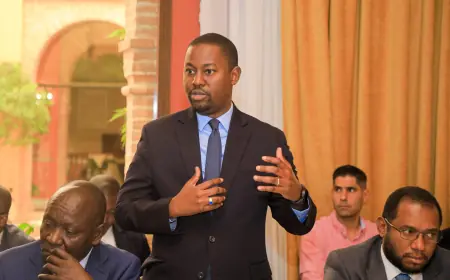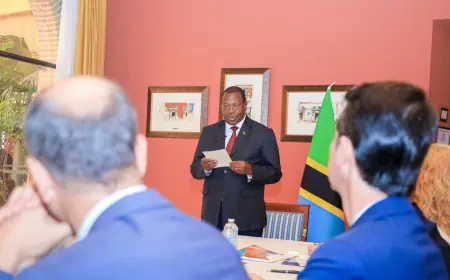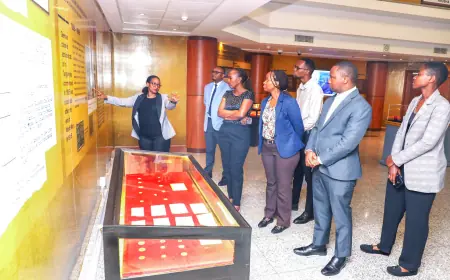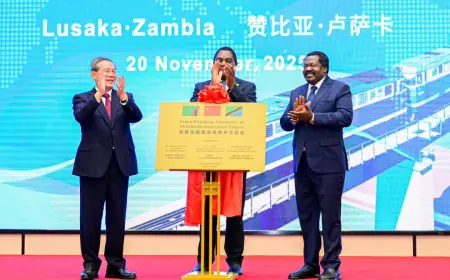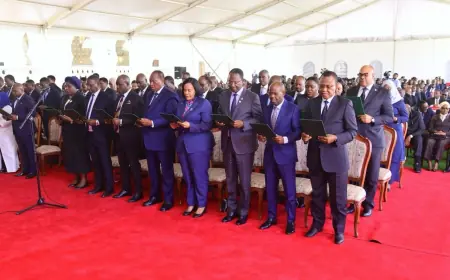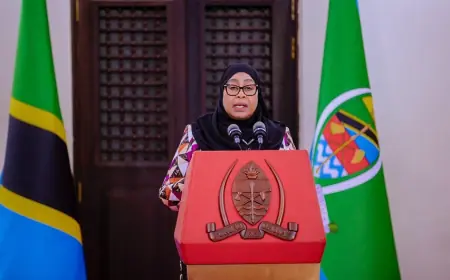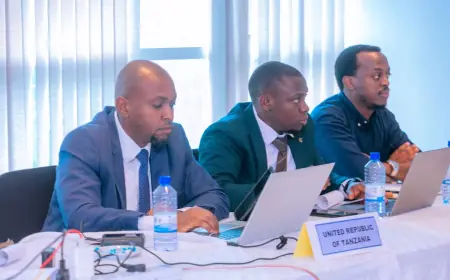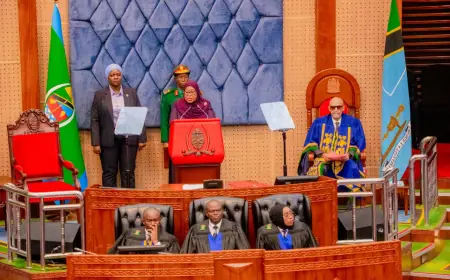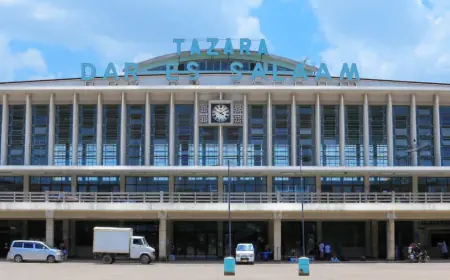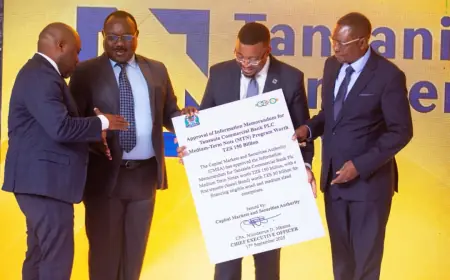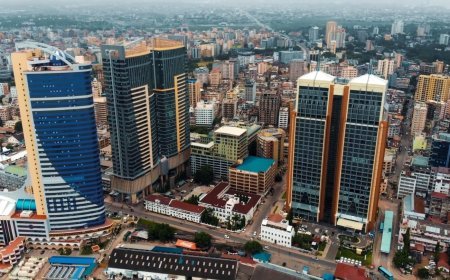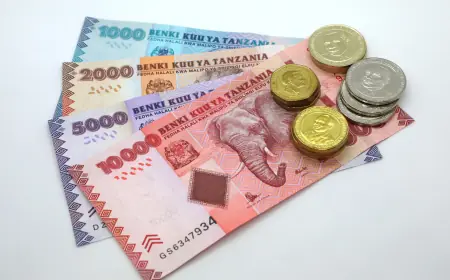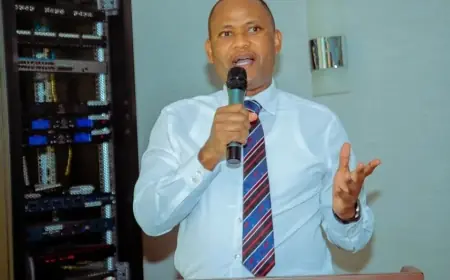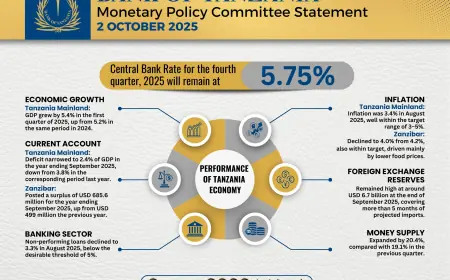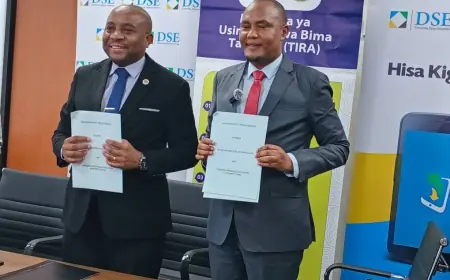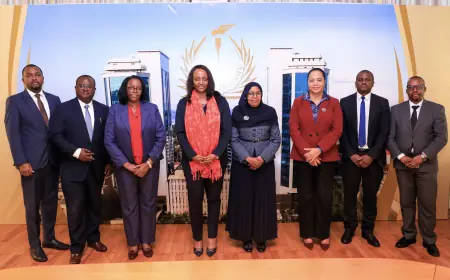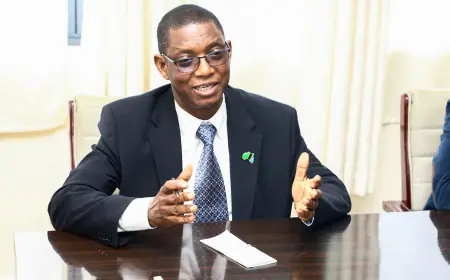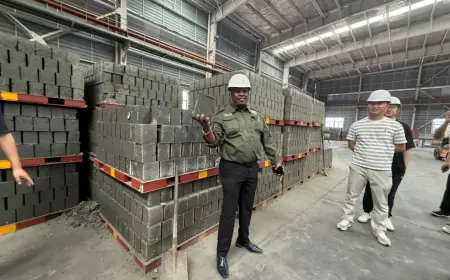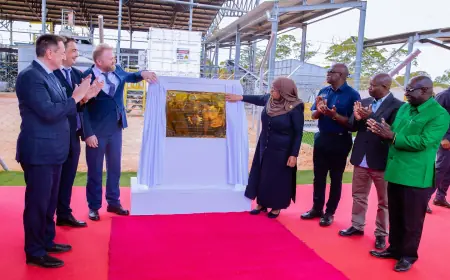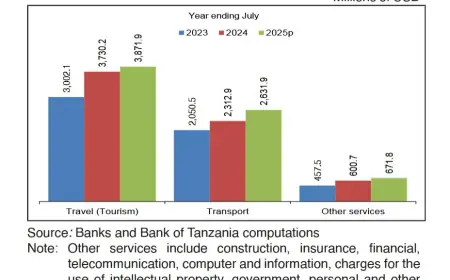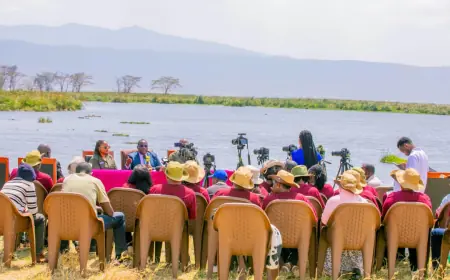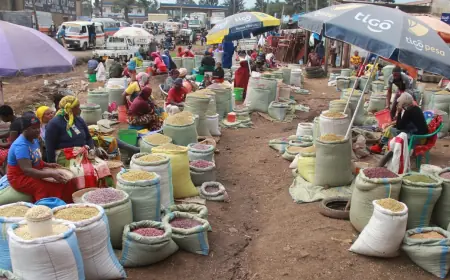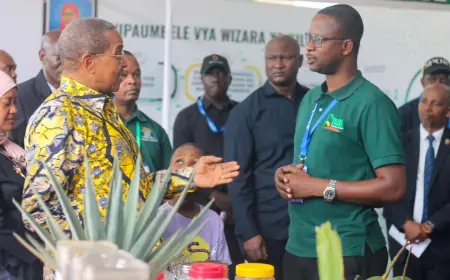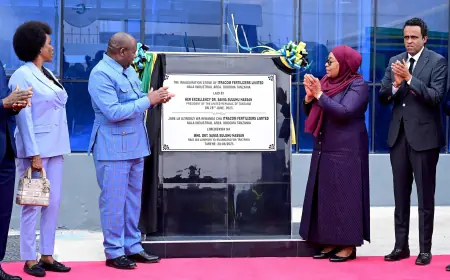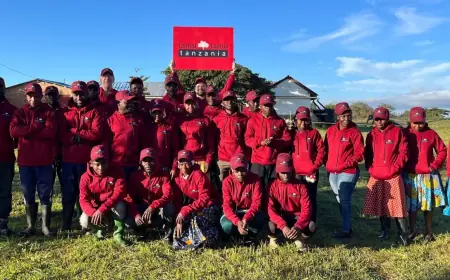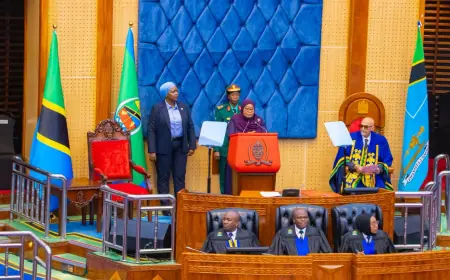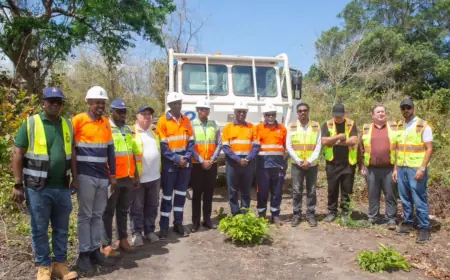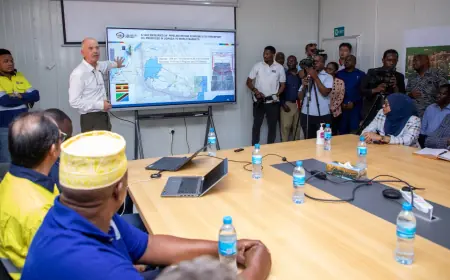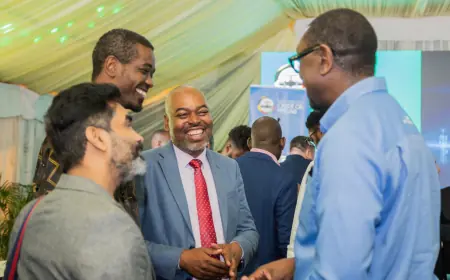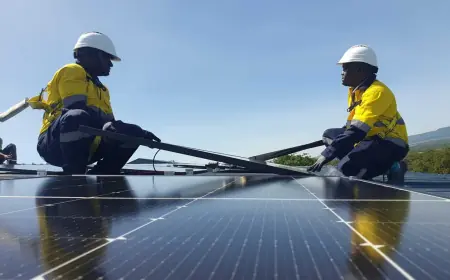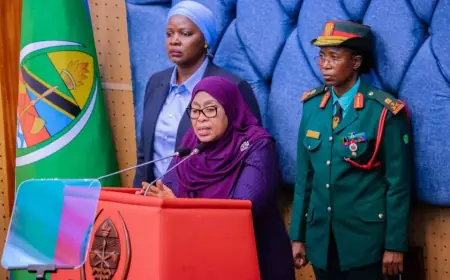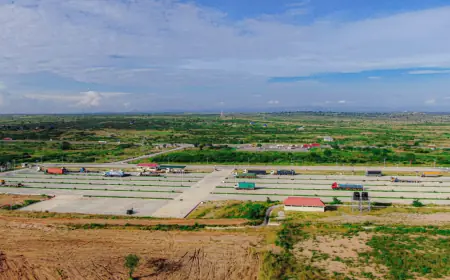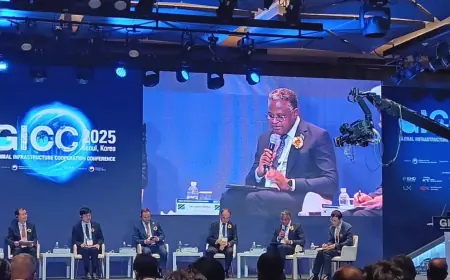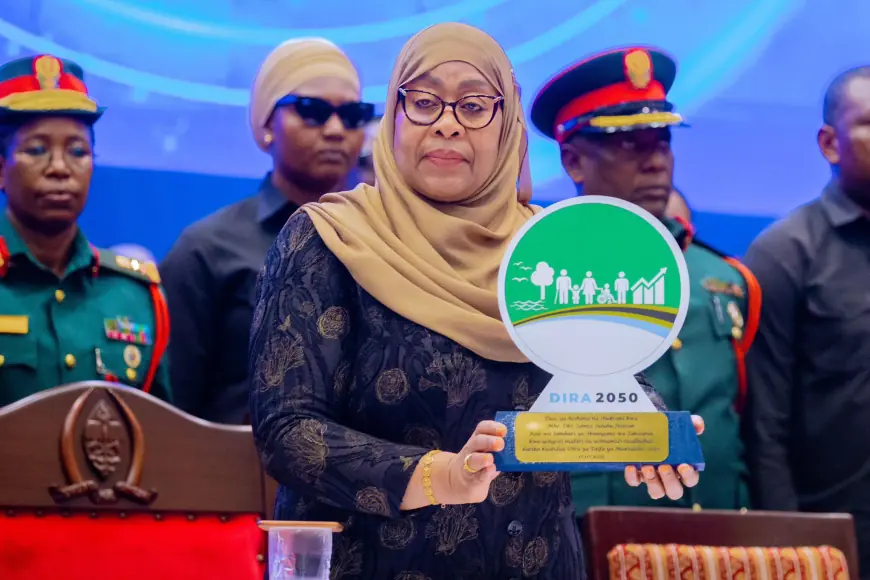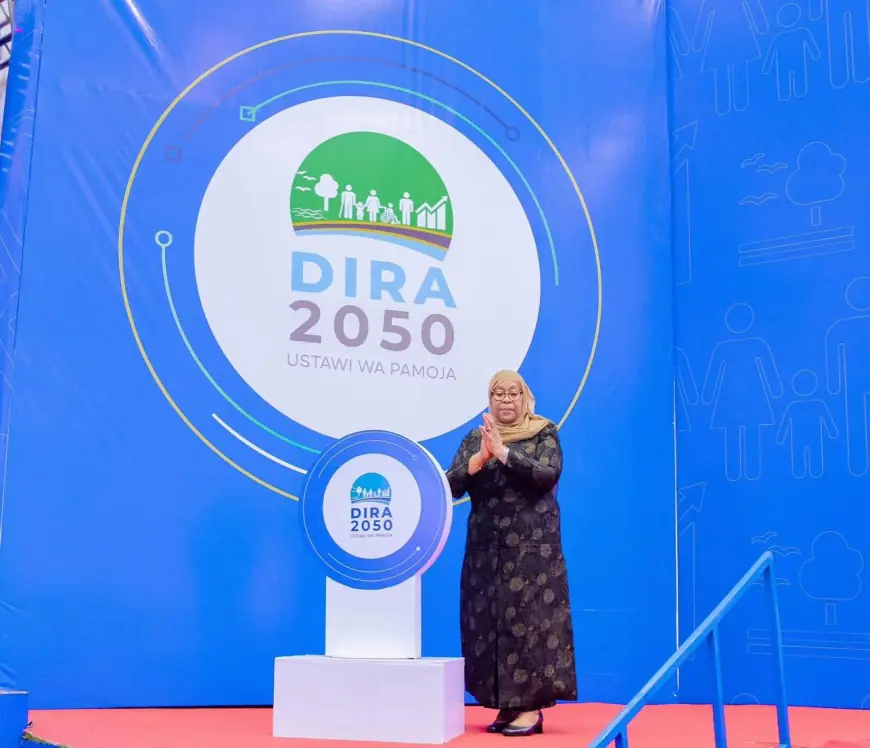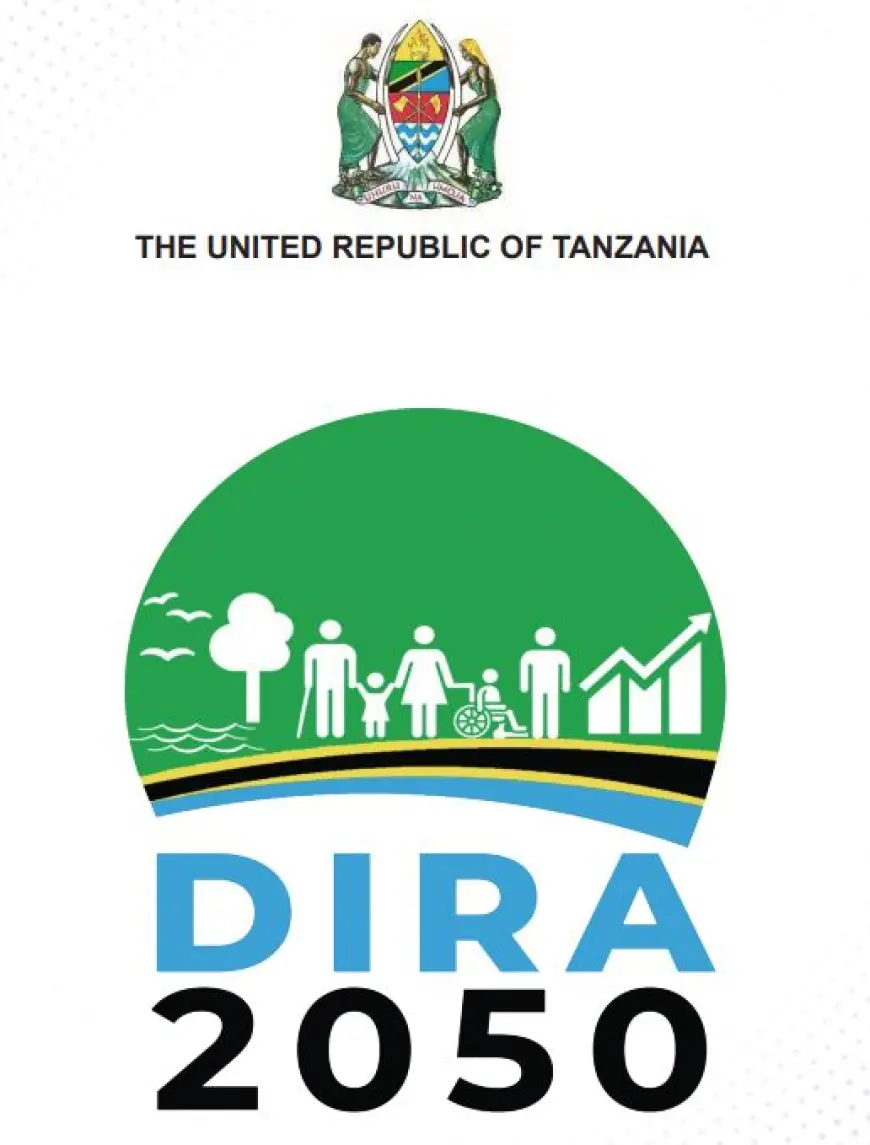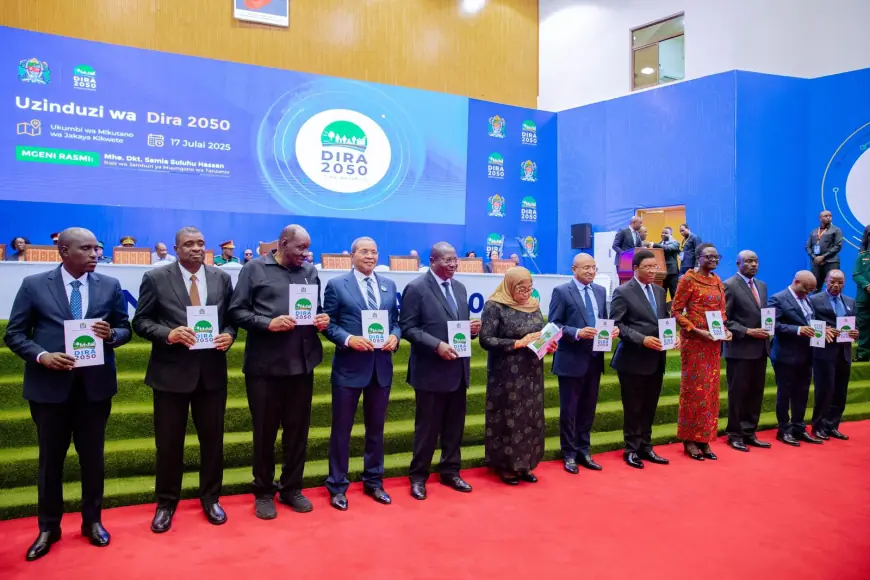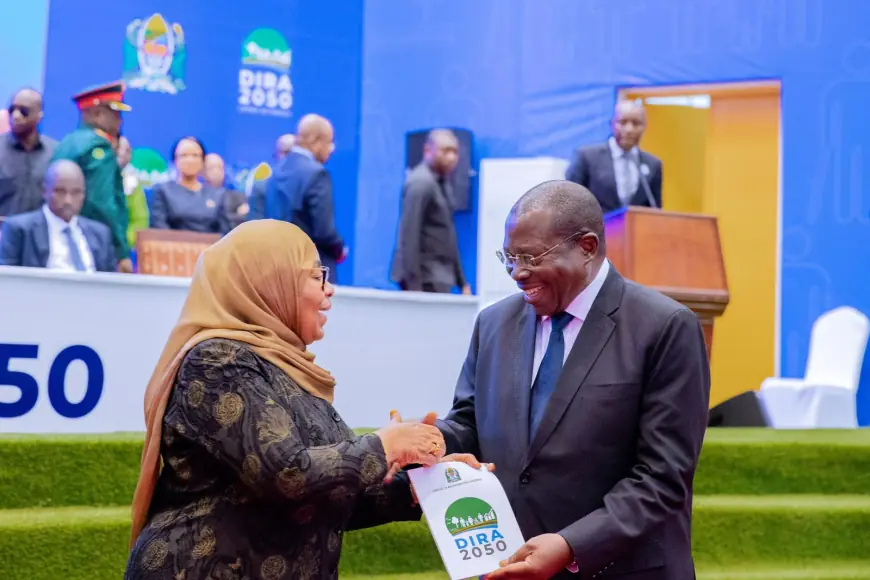Tanzania's President launches Dira 2050, stresses execution
Dar es Salaam. President Samia Suluhu Hassan has officially launched Tanzania’s new long-term development blueprint, Dira 2050, calling upon all citizens to commit to its effective implementation, stressing that the country's prosperity hinges on putting plans into action rather than rhetoric.
Dira 2050 outlines Tanzania’s vision of becoming a strong, inclusive, and competitive economy by the middle of the century.
It aspires to elevate the country's economic standing, targeting a significant rise in per capita income and the expansion of gross domestic output to unprecedented levels.
However, President Samia cautioned that real success will depend not on the document itself, but on a collective commitment to execution.
“Our ancestors taught us to act on what is necessary. We have a tendency to speak more than we act. The vision is ready, the frameworks and implementation plans are underway—but the true measure of success lies in its execution,” she said.
Priority sectors
Dira 2050 identifies specific criteria in selecting priority sectors, such as the ability to create employment, stimulate exports, enhance the growth of other sectors, add value to domestic products, and boost government revenues.
Based on these criteria, transformative sectors have been chosen including agriculture, tourism, industry, minerals, blue economy, construction, sports and innovation, financial services, and service delivery.
President Samia underscored the need for a national culture of collective accountability.
“Beyond these criteria, the real value of Dira 2050 will be tested through our ability to translate its contents into plans, budgets, and strategic decisions,” she said.
The launch was attended by senior officials from both the Union and Zanzibar governments, including Vice President Dr Philip Mpango, President of Zanzibar Dr Hussein Mwinyi, Prime Minister Kassim Majaliwa, Deputy Prime Minister Dr Doto Biteko, members of the cabinet, heads of defence and security organs, Members of Parliament, diplomats, private sector representatives, and various groups from across the country.
To ensure the vision is properly implemented, the President directed National Planning Commission and the Prime Minister’s Office to establish robust monitoring and evaluation systems, complete with clear performance indicators for all public institutions.
Ministries are expected to align their policies with Dira 2050 and review related legal and institutional frameworks.
The Attorney General’s Office and the Law Reform Commission will spearhead legal reforms necessary for realising the vision’s goals.
The Ministry of Information, Communication and Information Technology has been tasked with developing a national communication strategy to enhance public awareness and promote transparency. President Samia emphasised that trust in government and citizen engagement are pivotal for achieving the vision.
Dira 2050 adopts a whole-of-society approach, calling for collaboration between all levels of government, private sector actors, civil society, faith-based organisations, development partners and every Tanzanian citizen.
The Head of State urged religious institutions, the judiciary, and civic organisations to nurture values of integrity, justice, responsibility, and solidarity.
Structure of the Dira 2050
Explaining the structure of the vision, the minister of State in the President’s Office [Planning and Investment], Professor Kitila Mkumbo, described Dira 2050 as comprising a central national goal, five foundational principles, four strategic objectives, a comprehensive set of aspirations, a core foundation, three development pillars, and five key drivers of transformation.
The central goal is to achieve a prosperous, inclusive, just, and self-reliant nation.
The foundational principles centre around democracy, freedom and justice, human dignity, peace and unity, natural wealth, and national culture and values.
Professor Mkumbo explained that the strategic objectives include building a high-income, inclusive, resilient and competitive economy; ensuring better living standards and welfare for all; managing and using natural resources efficiently and sustainably; and nurturing a digitally skilled society that leverages innovation for global competitiveness.
Aspirations
Dira 2050 lays out several aspirations, among them the eradication of extreme poverty, food self-sufficiency with global recognition, improved healthcare and longevity, universal early childhood care, reduced maternal and child mortality, inclusive and quality health and education systems, access to clean water, sanitation, and energy, as well as dignified employment in the formal sector.
It also envisions gender parity, a digital society, environmental resilience, and significantly increased electricity consumption per capita.
The foundation of the vision rests on good governance, peace, stability, and security.
The three core pillars include building a robust and inclusive economy, strengthening human capabilities and social development, and ensuring environmental sustainability and climate resilience.
Drivers
Five drivers will stimulate the implementation of Dira 2050.
These include integrated transport, aimed at transforming Tanzania into a regional trade hub through improved infrastructure and efficiency; reliable and affordable energy access to fuel industrial growth; the use of science and technology to enhance productivity and social transformation; research and development to inform decision-making and boost sectoral growth; and digital transformation to improve governance, expand citizen participation and stimulate economic activity.
The implementation of the vision will start in July 2026.
The National Planning Commission is finalising a Long-Term Perspective Plan, which will serve as the national strategy for implementing Dira 2050.
A draft has already been prepared and is undergoing final scrutiny, with completion expected before November so it can be approved by the next Parliament.
Additionally, work is underway to draft the Fourth Five-Year Development Plan, which will translate the vision into medium-term actions.
Both teams working on these frameworks are under the supervision of Dr John Mduma.
Professor Mkumbo noted that the Cabinet resolved that the vision be called Dira 2050 in both English and Kiswahili. This is Tanzania’s second apolitical vision document.
Earlier development efforts, such as the Arusha Declaration of the late sixties, functioned as national blueprints before being succeeded by various programmes under political platforms.
Notably, the formulation of Dira 2050 was consultative and inclusive. Feedback was gathered from over a million Tanzanians through household surveys, toll-free messages, social media, and stakeholder forums.
Youths aged between fifteen and thirty-five made up the majority of respondents, reflecting the country’s youthful demographic, with three-quarters of the population below thirty-six years of age.
The drafting process drew lessons from successful planning models in countries such as South Africa and other Asian nations. Unique features of Dira 2050 include its participatory nature,
What's Your Reaction?
 Like
0
Like
0
 Dislike
0
Dislike
0
 Love
0
Love
0
 Funny
0
Funny
0
 Angry
0
Angry
0
 Sad
0
Sad
0
 Wow
0
Wow
0
